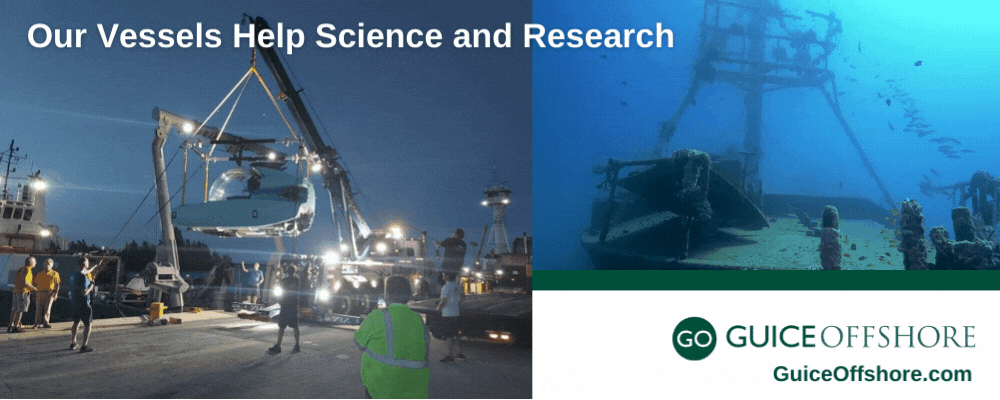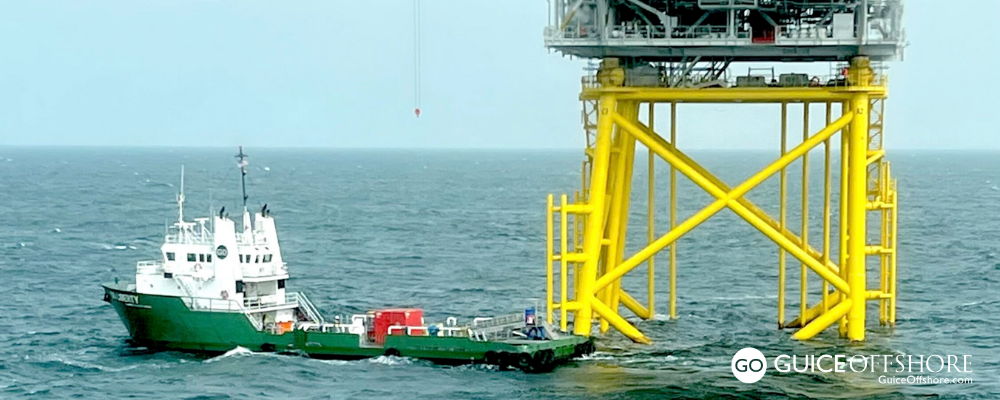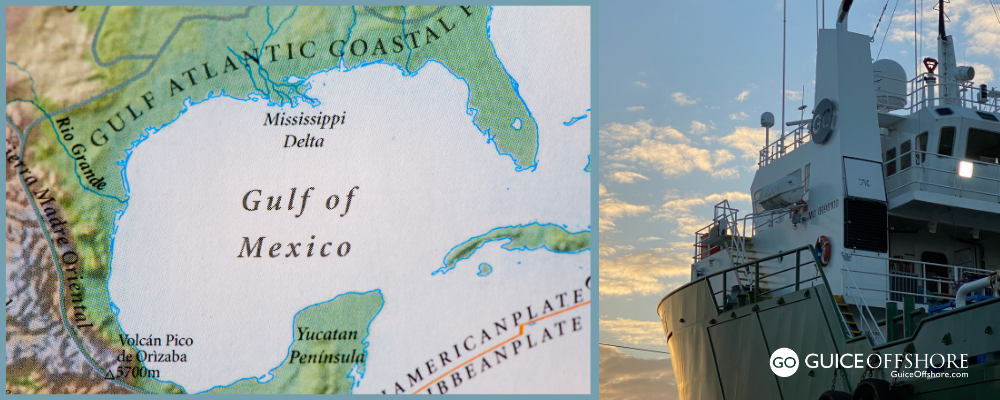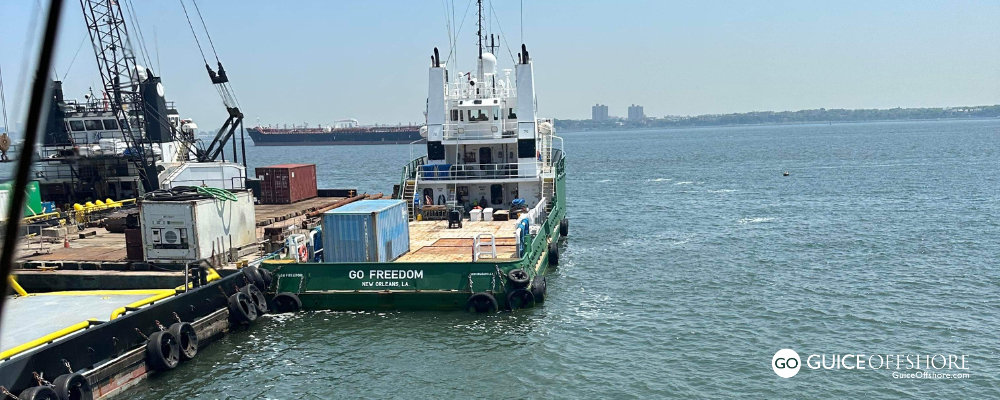New Research Explores the Influence of Deep-Sea Wooden Shipwrecks on Microbiome Diversity
U.S. Bureau of Ocean Energy Management (BOEM) marine archaeologists have studied shipwrecks in the northern Gulf of Mexico for many years. New research recently published in the journal Limnology and Oceanography further explores the role that these shipwrecks serve as habitats, forming islands of biodiverse ecosystems that provide food, refuge, and structure where marine microbial communities may thrive, the BOEM noted in an article published on March 9, 2022.
The collaboration between BOEM, the University of Southern Mississippi, and the U.S. Naval Research Laboratory – funded by a grant from the National Oceanic and Atmospheric Administration’s (NOAA’s) Office of Ocean Exploration and Research – took sediment samples from two wooden-hulled shipwrecks: a late 19th/early 20th century sailing vessel resting at a depth of 500 meters and a late 19th century sailing vessel laying much deeper at 1800 meters. Analysis of microbial communities from sediment samples collected near and away from the shipwrecks revealed that each wreck supports a unique microbiome, where communities of microorganisms have been living and growing since their sinking over one hundred years ago.
The team, including BOEM scientists and article co-authors Melanie Damour and Doug Jones, discovered differences between the two sites despite their similar organic composition, which could be attributed to the depth and location of each shipwreck site. Microbial diversity at the shallow site, located closer to the mouth of Mississippi River, may be influenced by the outflow of organic materials from the river. The deeper site – more isolated from river outflow influences – appears to be a more important source of organic matter, creating an “oasis in the desert” for microorganisms and a microbiome that is biologically distinct from the surrounding seabed of the Gulf of Mexico.
This research offers new perspectives on the influence of wooden-hulled shipwrecks on sediment microbiome composition and geochemistry, furthering scientific knowledge in pursuit of BOEM’s mission.
The article abstract is available through this page (full text paywall access only): https://aslopubs.onlinelibrary.wiley.com/doi/10.1002/lno.12008
About the Bureau of Ocean Energy Management
The U.S. Department of the Interior’s Bureau of Ocean Energy Management (BOEM) is responsible for America’s offshore energy and mineral resources. The bureau promotes energy independence, environmental protection and economic development through responsible, science-based management of energy and mineral resources on the U.S. Outer Continental Shelf.
How Guice Offshore Vessels Assist Scientific Research
Many public and private research institutions, universities and endowments utilize Guice Offshore service vessels and support vessels for their missions. GO vessels have assisted in these types of endeavors along all U.S. coasts and the Caribbean. Our vessels offer a stable platform from which to conduct experiments and utilize specialized equipment, and our large accommodations can house many scientists and vessel crew simultaneously, and even be converted into floating laboratories. Multi-Purpose Vessels like the GO Pursuit, operating in partnership with Ryan Marine, are especially well-suited for this industry, which often requires an A-frame and winch to deploy acoustic gear into the water column or down to the seafloor, or deployment of Unmanned Underwater Vehicles (“UUVs”) and Autonomous Underwater Vehicles (“AUVs”). Our partners at Global SubDive can provide our clients with matched ABS (American Bureau of Shipping) certified manned submersibles for collaborative human exploration, documentation and conservation of the marine world through partnerships and direct chartering of its fleet and vast complement of resources.



